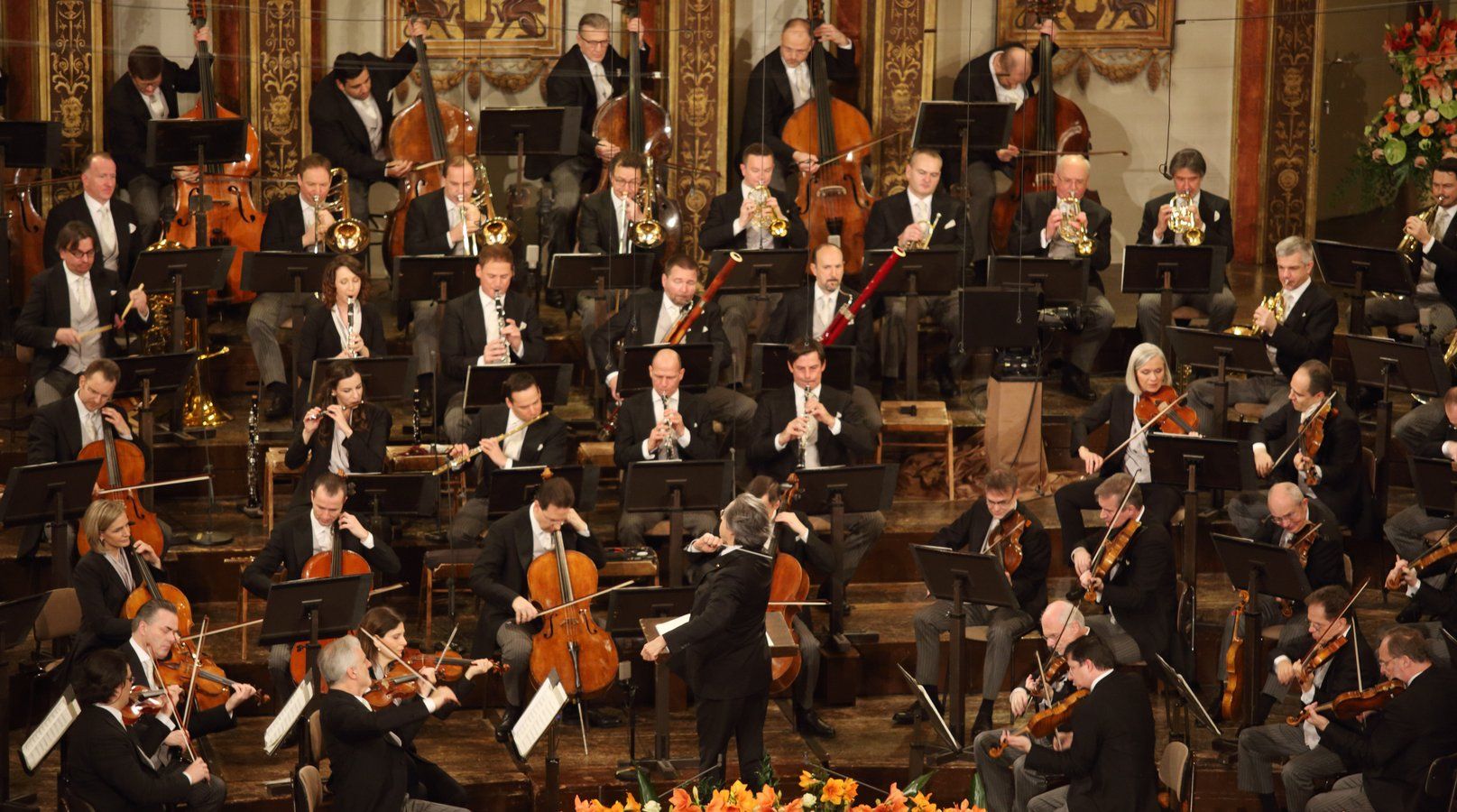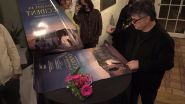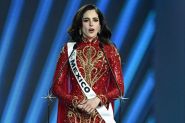
Whether drawn to the elegance of Viennese waltzes, the splendor of Italian opera or the grandeur of Germanic music, the New Year's concerts will satisfy every taste. Musical festivities at the Musikverein, La Fenice or the Berlin Philharmonic reflect the festive spirit and hope that each new year brings.
The arrival of the new year is heralded by global festivities, with New Year's concerts at the forefront. These events, featuring renowned orchestras and conductors, have become key annual celebrations for music enthusiasts, offering a melodic exploration of Europe's rich musical heritage while ushering in a sense of joy and hope for the coming year. Vienna, Venice and Berlin once again lead the celebrations, hosting concerts that honor their national traditions while celebrating the universal appeal of Western classical music.
The Strauss Legacy at the Musikverein
The Vienna Philharmonic’s New Year’s concert, held on December 30, 31 and January 1 in the renowned Musikverein hall, is undoubtedly one of the most prestigious musical events. Since its debut in 1939, this concert has upheld the tradition of celebrating the Strauss family, key figures in Viennese music. Conducted by Italian maestro Riccardo Muti, this year’s performance continues that legacy. Johann Strauss I (1804-1849), the dynasty's founder, will open the evening with Freiheits-Marsch (“March of Freedom”), Op. 226. This piece reflects the political turbulence of 1848 in Europe (known as the Springtime of Nations), setting a dramatic tone before the more festive works that follow.
His son, Josef Strauss (1827-1870), less famous but equally refined, leaves his mark on the program with two of his compositions, including the bucolic waltz Dorfschwalben aus Österreich (“Village Swallows from Austria”), Op. 164. Performed for the 10th time at this prestigious musical gathering, it has previously been conducted by great maestros such as Carlos Kleiber in 1992 and Zubin Mehta in 2015. The legacy of Johann Strauss II (1825-1899) undeniably dominates the evening, a spotlight that aligns with the bicentenary celebrations of the composer hailed as the “King of the Waltz.” Major works featured include Lagunen-Walzer (“Lagoon Waltz”), Op. 441, Wein, Weib und Gesang (“Wine, Women, and Song”), Op. 333 and the overture to Der Zigeunerbaron (“The Gypsy Baron”), a Viennese operetta with Hungarian influences, blending Gypsy folklore and the Viennese Gemütlichkeit.
The program also ventures beyond the well-trodden path of tradition, highlighting lesser-known works such as the Marche Fidele Brüder (“Fraternal March”) from the operetta Das Veilchenmädchen (“The Violet Girl”) by Josef Hellmesberger II (1855–1907) and the Ferdinandus-Walzer (“Ferdinand Waltz”) by Constanze Geiger (1835–1890). Composed at the age of 12 by the woman who would later become the wife of Prince Leopold of Saxe-Coburg and Gotha, this waltz marks a historic moment as the first work by a female composer to be performed at the prestigious New Year's Concert in Vienna.
Italian Opera at La Fenice
After reviewing the program of the prestigious Vienna New Year's concert, attention now turns to another European cultural capital: Venice. A true epicenter of Italian musical tradition, the Teatro La Fenice faithfully reflects the refinement of the Venetian operatic scene. Since its foundation in the 18th century, it has remained a hub for the creation and dissemination of operatic masterpieces, attracting music lovers from around the world. This is especially true for the New Year's concert. Every year, this iconic theater presents a program centered around the lyrical repertoire, with particular emphasis on Italian opera, which marked the height of 19th-century European Romanticism. Under the baton of Daniel Harding, the evening will weave a dialogue between symphonic and vocal works.
The New Year's concert, part of a series from December 29 to January 1, opens with Beethoven's Symphony No. 5 in C minor, Op. 67. Often seen as an allegory of struggle and victory over adversity, this work foreshadows the Romantic upheavals that would define the 19th century. The program continues with the overture to La Gazza Ladra (“The Thieving Magpie”) by Gioachino Rossini (1792-1868), a prelude to moments of collective fervor, such as the iconic Va, pensiero, sull'ali dorate (“Go, thought, on wings of gold”) by Giuseppe Verdi (1813-1901), a symbol of an exalted Italian spirit, Je veux vivre (“I Want to Live”) from Roméo et Juliette by Charles Gounod (1818-1893), the famous Nessun Dorma from Turandot and Recondita armonia (“Secret harmony”), an aria from Tosca by Giacomo Puccini, along with a selection of pieces by these composers and many others.
The performances by soloists, notably Mariangela Sicilia (soprano) and Francesco Demuro (tenor), promise to faithfully capture the emotional intensity and technical virtuosity required by these scores. The concert will conclude with Libiam ne' lieti calici (“Let us drink from the joyful cups”) from Verdi’s La Traviata, a festive moment to toast the New Year.
German Tradition in Berlin
The New Year’s concert in Berlin, conducted by Russian maestro Kirill Petrenko, offers a contrasting experience of majesty and exuberance on December 31. The program combines symphonic and operatic works, with a focus on Germanic music. Pianist Daniil Trifonov will perform Johannes Brahms’ (1833-1897) Piano Concerto No. 2 in B-flat Major, Op. 83, marking a poignant start to the concert. Composed in 1881, this work represents the early peak of Brahms’ creative maturity. Despite the grand nature of the composition, Brahms referred to the sketches of Op. 83 as “small piano pieces” in a letter to his friend, Viennese surgeon Dr. Theodor Billroth. Structured in four movements (rather than three), it juxtaposes passages of virtuosity with moments of deep introspection, where dramatic intensity reaches its heights.
After the intermission, Wagner’s music takes the stage with the Prelude to Die Meistersinger von Nürnberg (“The Mastersingers of Nuremberg”), WWV 96, a work that, according to the Russian conductor, “contains all the contradictions of the world – and that seeks to reconcile these contradictions through art.” This will be followed by the second set of waltzes from Act 3 of Der Rosenkavalier (“The Knight of the Rose”), a three-act opera by Richard Strauss (1864-1949). Though popular, these waltzes are controversial for their anachronism and were rearranged by Strauss for the public to experience them outside the full opera.
The Dance of the Seven Veils, the climax of Strauss’ opera Salomé, will then be performed. It tells the story of Salomé, daughter of Queen Herodias, who dances for her stepfather Herod in exchange for the head of the imprisoned prophet Jochanaan (John the Baptist in Christian tradition). The concert concludes with Stürmisch in Lieb’ und Tanz (“Impetuous in Love and Dance”), Op. 393, a fast polka by Johann Strauss II, ushering in the new year with joy and elegance.





Comments